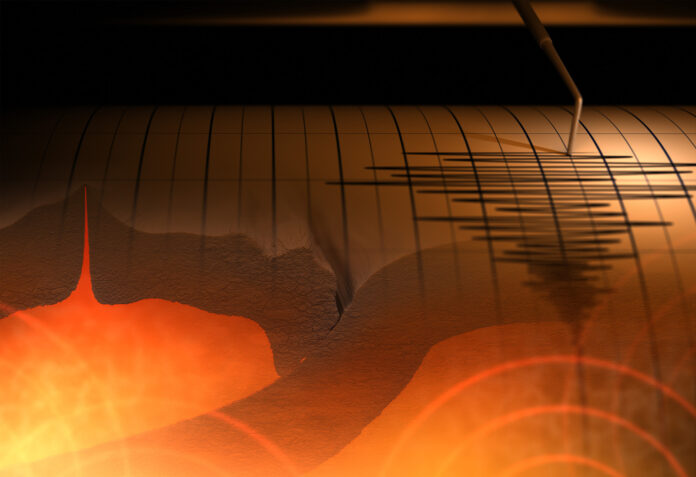Introduction to a New Warning System
One of the most devastating aspects of the tsunami that hit the coasts of South Asia in 2004 was the lack of an early warning system. The waves, which were unleashed by an earthquake, traveled at 700 kilometers per hour but didn’t arrive at the coast of India and Sri Lanka until four hours later. A timely evacuation would have saved many lives. The main issue is that most seismographers, which detect earthquakes, are found on land. Installing these systems on the seafloor, miles below the surface, can be costly and complex.
The Discovery
The discovery that submarine communication cables could detect earthquakes was born out of coincidence. Giuseppe Marra, a metrologist at the National Physical Laboratory in the UK, was analyzing fiber optics connections between European atomic clocks. He noticed a peculiar reading in the data from October 2016, which he later attributed to a 5.9-magnitude earthquake that had shaken the center of Italy. This was his eureka moment: fiber optics cables could operate as seismographers due to subtle changes in laser beams when affected by external vibrations.
Testing the Idea
To test this system for detecting earthquakes, Marra and other scientists needed to find an area safe from human-made disturbances. They chose the submarine cable joining Malta and Sicily and were able to detect a 3.4-magnitude quake. They found that while one cable could detect the phenomenon, at least three cables were needed to pinpoint the exact location of the event. As Marra noted, "Three seafloor cables would be enough to pinpoint the exact location and magnitude of a submarine earthquake."
Potential and Applications
There are over a million kilometers of submarine cables covering the main seas and oceans. Retrofitting each end of these cables with a small cabinet of lasers and optical equipment would require a relatively modest investment of 40,000 euros. This technology could not only detect earthquakes but also map the ocean floor, providing valuable information about the mantle and behavior of tectonic plates. The resulting 3D image would resemble a computer tomography (CT) scan, allowing for a better understanding of how seismic waves vary depending on the density of rock they pass through.
A New Seafloor Mapping System
The ocean floor is an uncharted continent, with depths reaching eleven kilometers in some areas like the Mariana Trench. Using this new technology, scientists could map the mantle and behavior of tectonic plates, providing valuable insights. For now, the system needs to be fine-tuned before it can go beyond detecting earthquakes. However, the potential is vast, and this innovation could revolutionize our understanding of the ocean and its role in the Earth’s ecosystem.
Conclusion
The use of submarine communication cables as seismographers is a groundbreaking discovery with the potential to save lives and expand our knowledge of the ocean floor. With further development and fine-tuning, this technology could become a crucial tool in earthquake detection and seafloor mapping. As scientists continue to explore and refine this system, we may uncover even more secrets of the deep, ultimately leading to a better understanding of our planet and its complex systems.

